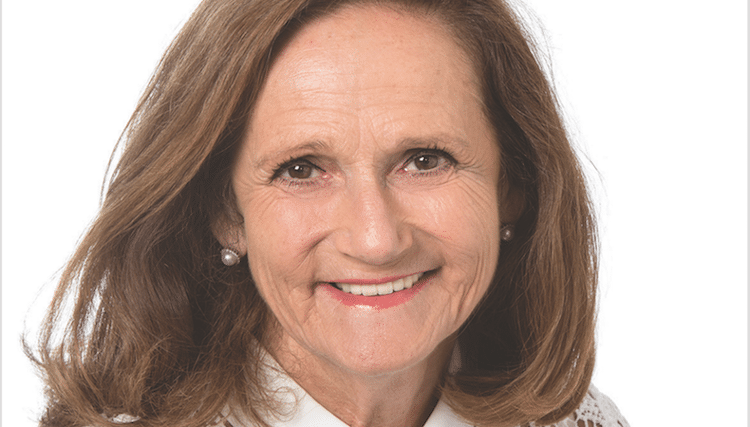Spandex sets sights on Nordics with Skangraf acquisition

Spandex has moved to expand and strengthen its presence in the Nordic region by acquiring Norwegian sign and display distributor Skangraf AS.
Although terms of the acquisition agreement were not disclosed, Spandex, which provides solutions to the sign, graphics and display industries, Skangraf will now have access to the Spandex portfolio of products.
Spandex stocks a number of major industry brands, including Orafol, 3M, Avery Dennison and ImagePerfect, as well as its own-brand range of coloured self-adhesive signage films and digital roll media products.
Skangraf supplies roll media to more than 1,000 customers across Norway and is the sole authorised distributor of Orafol sign, digital and reflective materials and double-sided tapes in the country. The company also supplies solutions from the likes of R-Tape, Stahls, Dataplot, Lintec, ATgraphix, Georg + Otto Friedrich and Poli-Tape.
Anne-Lise Torp Sells, founder and managing director at Skangraf, said: “I look forward to continuing to lead Skangraf as part of the Spandex organisation.”
The agreement comes after Spandex last year struck a deal to acquire Schneidler Grafiska AB, as part of a wider effort to bolster its offering in the Norwegian and Swedish markets. Schneidler Grafiska also now has access to the Spandex range of solutions.
Spandex has confirmed that both Skangraf and Schneidler Grafiska will continue to operate under their current names and from their locations, but now work in partnership with Spandex to improve their position in the market.
Rob Jackson, vice-president of Spandex, said: “Skangraf has a strong heritage within the Norwegian market and its unique ‘roll media’ focus has allowed it to grow at a fast and profitable pace.
“This exciting acquisition will allow us to expand the portfolio of products and solutions we can offer and combine the skills, services and expertise of both organisations, enabling us to develop a unified offering to the Norwegian market ensuring the best customer service for existing and new customers.”
The acquisition also comes after Spandex recently moved to enhance its range of textile substrates with the addition of seven new products to the ImagePerfect collection.
Spandex said that as with existing solutions in the range, the new textiles have been specifically designed for latex, solvent and UV printers. The ImagePerfect portfolio now features a choice of 21 textile materials, suitable for use in a wide range of projects.
Leon Watson, UK general manager for Spandex, said: “Our new textiles offer Spandex customers enormous potential, enabling them to deliver highly profitable and visually stunning soft signage and décor applications simply using the print devices they already have in their shops.”
Topics
Interested in joining our community?
Enquire today about joining your local FESPA Association or FESPA Direct
Recent news

The importance of ink for large format printers
Ink is crucial for large format inkjet printers, influencing substrate compatibility, productivity, and cost. Nessan Cleary discusses the three main types which include UV-curable ink, latex ink and eco-solvent ink. Each ink type has specific strengths and weaknesses, making printers choice dependent on budget and intended applications.

What are the benefits of Direct-To-Fabric printing?
Direct-to-fabric printing is gaining popularity for high-volume textile production, enabling on-demand, customized short runs. These printers offer ink flexibility, accommodating various fabric types like cotton and silk, though ink development focuses on faster turnaround by reducing pre- and post-processing. Compared to traditional methods, direct-to-fabric inkjet printing is a more sustainable option due to reduced water and chemical usage, and localized production.

What are the opportunities for large format providers regarding digital touch screens?
Digital touchscreens are becoming increasingly common, offering businesses opportunities to improve customer engagement and streamline operations. Nessan Cleary shares, while more expensive to implement than standard digital displays due to complex software and integration needs, touchscreens provide self-service options, multilingual support, and can reduce staffing costs in various settings like retail, transportation, and healthcare.
